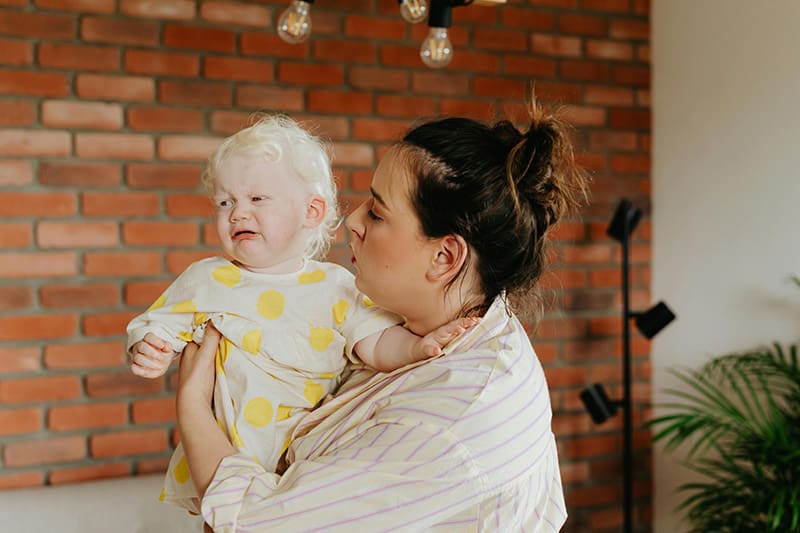Separation Anxiety Disorder is characterized by extreme distress around events where a caregiver leaves or plans to leave, significantly affecting day-to-day activities. Significant, debilitating anxiety may also surround leaving home, being alone, or being away from home. A child may also fixate on thoughts of being kidnapped, lost, or subject to a disaster that separates them from their family.
Separation Anxiety Disorder goes beyond what is developmentally appropriate and significantly impacts a child’s functioning. Some nervousness about separating from caregivers as a young child (ages 0-3) is typical for development. Around a child’s third birthday is when families can expect to see their child become more confident and independent. Typically, children three years and older can be diagnosed with Separation Anxiety Disorder.
Some indicators of separation anxiety beyond what is developmentally appropriate may include complaints of stomach aches or crying for extended periods when a caregiver leaves. A child may experience symptoms of anxiety or panic when preparing to be away from caregivers.
Does my child have Separation Anxiety Disorder?
A pediatric neuropsychologist or clinical psychologist can diagnose a child with Separation Anxiety Disorder. If you are in the Chicagoland area and your child is between the ages of 20 months and 12 years old, contact the Goldman Center to talk to a psychologist or psychometrician and set up an appointment for an evaluation. The evaluation will likely include interviews and behavioral observations.
How can I help my child with separation anxiety?
- Work with clinicians: Mental health professionals can help answer your questions about best supporting your child’s specific needs. These individuals may include your child’s pediatrician, your child’s clinical psychologist, a pediatric counselor, an ABA therapist, or a social worker. Clinicians may even run social groups to help your child practice social skills in a supportive setting.
- Practice difficult scenarios: While in a familiar environment, make a list of steps that will occur in saying goodbye and transitioning to the next activity. Practice doing those steps with your child a few times, taking it at their pace, and providing calm, reassuring words during the process. Use words like “brave” and “strong” to describe your child while they practice. Assure them they’re getting a little bit stronger each time you practice.
- Provide encouragement and focused attention in new environments: Transfer over the same language and energy you practiced into new environments your child explores. Share specific skills you’re excited to see them practicing. For example, if your child ventures a little further away on the playground, you can tell them how brave they were to travel there.









